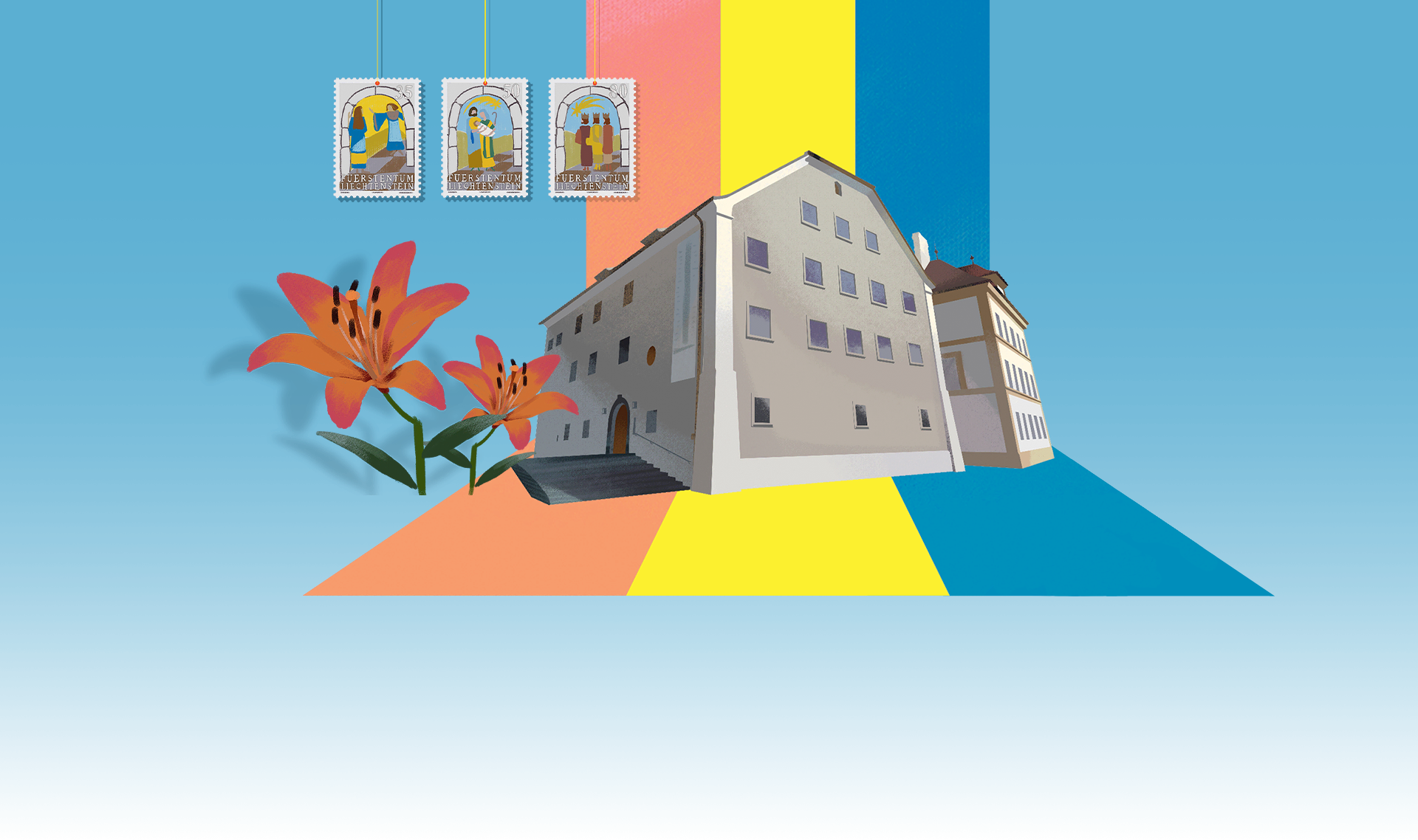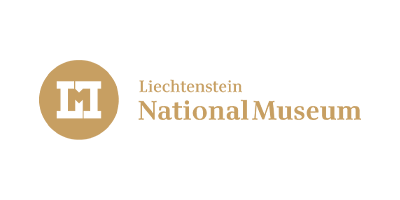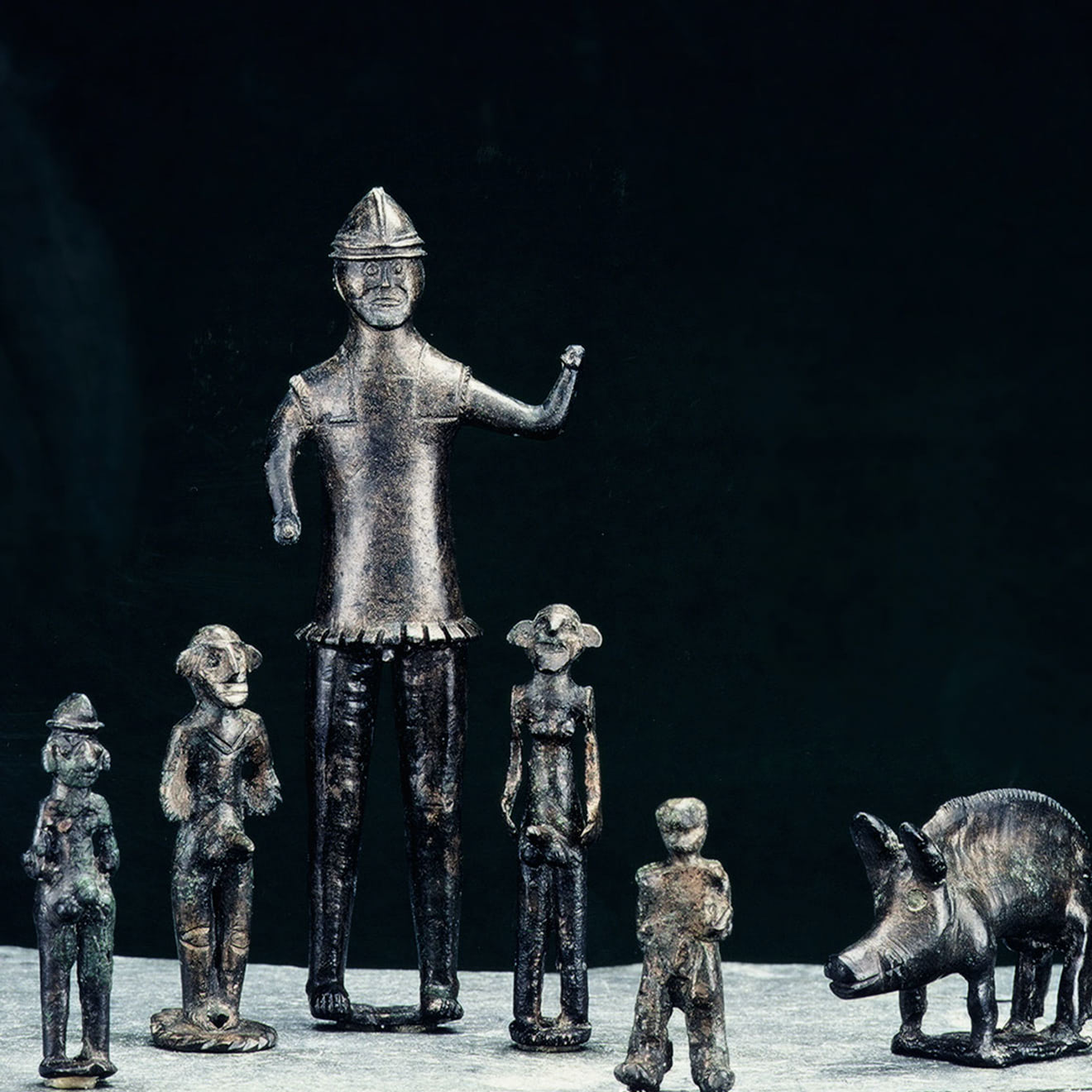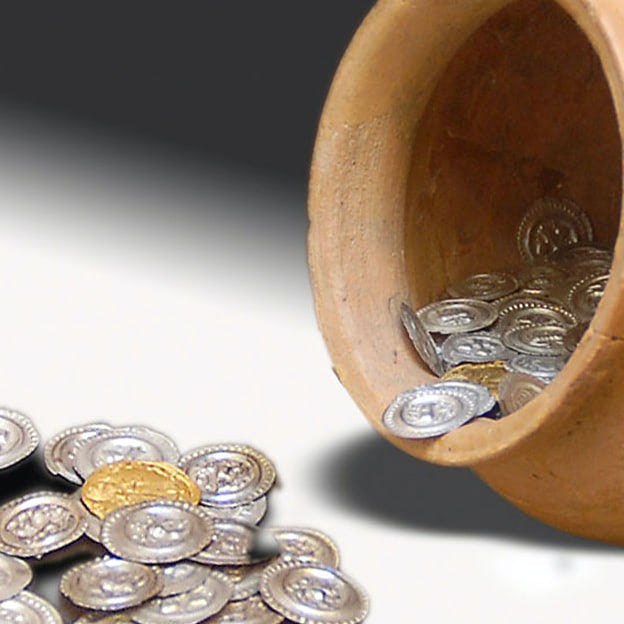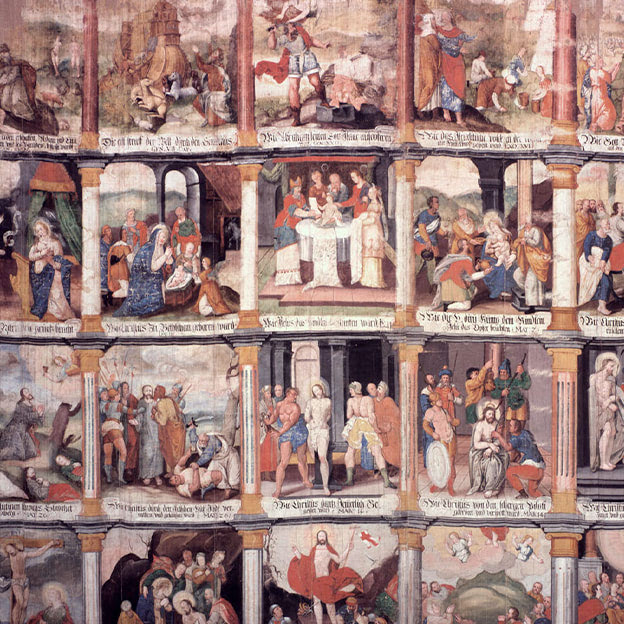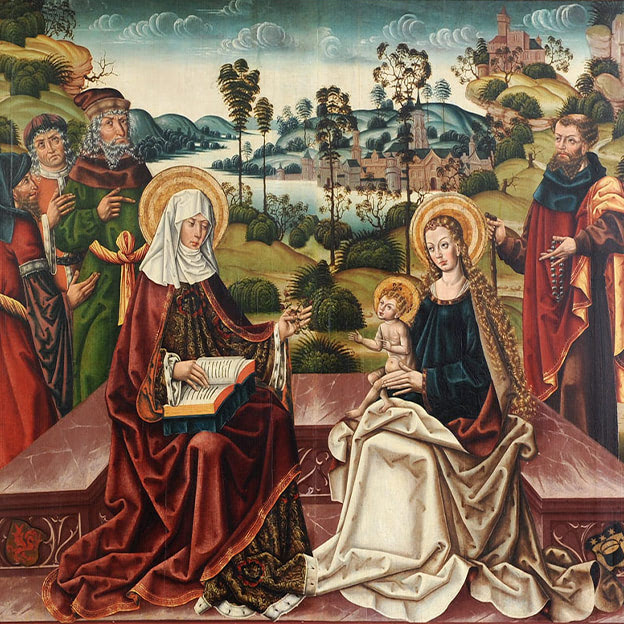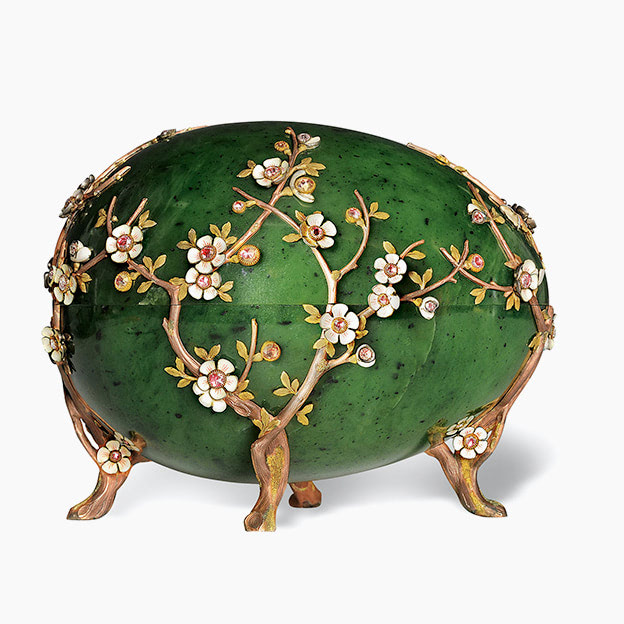Dr. Rainer VollkommerDirector
Prof. Dr. Rainer Vollkommer received his Doctor of Philosophy in 1984 at Lincoln College at Oxford. He also studied at Sorbonne in Paris, the Ecole du Louvre and the Ecole Pratique des Hautes Etudes in Paris. Since 2009, he has
served as Honorary Professor for Ancient History under consideration of the material Artefacts at the Technische Universität at Dresden. He is fluent in German, English and French, and was a leading European archaeologist,
writer and scholar. His major fields of interests include classical archaeology, Greek Art, history of art, Byzantine and prehistory.
Since 2011, he has been Director of the Liechtenstein National Museum. From 2002 to
2011 he was the Director of the National Museum of Prehistory and archaeological archive of Saxony at Dresden. From 2012 to 2015, he was the President of the organisation of museums and castles Euregio Lake of Constance (over
100 museums and institutions of the lake of Constance region: Germany, Austria, Switzerland and Liechtenstein). He is also the President of EEN (European Exhibition Network) since 2019.
